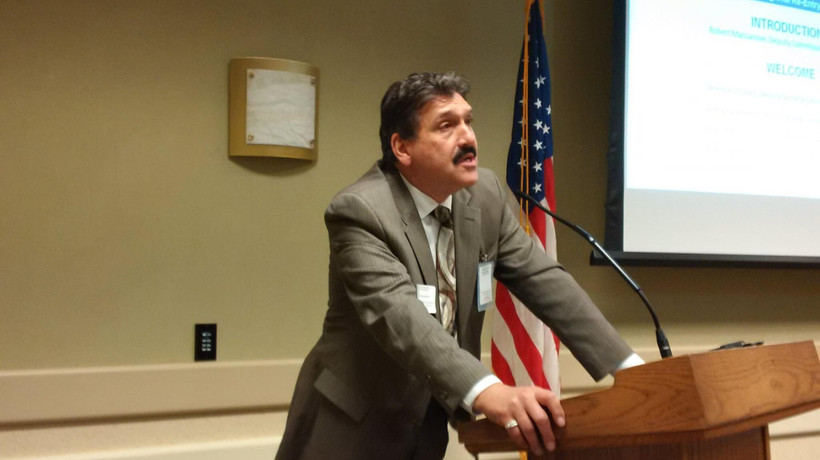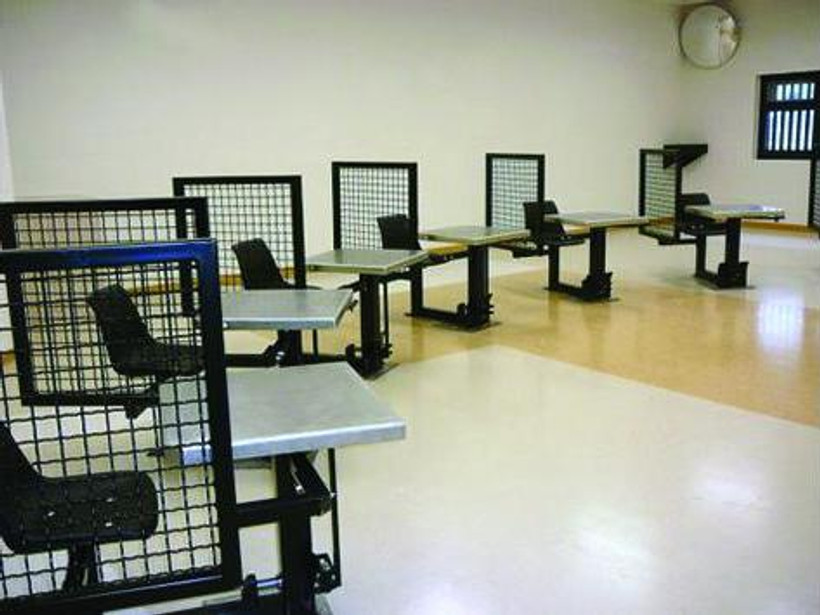New York’s Prison Chief Ordered Guards to Illegally Shackle People to Desks
Anthony Annucci’s internal memo tells staff to restrain incarcerated people during any out-of-cell time, affecting at least 5,000.

- State Prisons Are Routinely Violating New York’s Landmark Solitary Confinement Law
- Prisons Are Illegally Throwing People With Disabilities Into Solitary Confinement
- Solitary by Another Name: How State Prisons Are Using ‘Therapeutic’ Units to Evade Reforms
- Lesser Infractions Aren’t Supposed to Land You in Solitary Confinement. They Do Anyway.
- To Implement a New Law, Prisons Likely Broke Another
- Can Anyone Make New York Prisons Follow Solitary Confinement Law?
- Prison Department Writes Its Way Out of Following Solitary Confinement Law — Again
- A Law Hasn't Fixed Solitary Confinement in New York. Can a Lawsuit?


Update: November 8, 2022 — This story has been updated to include additional comments from DOCCS sent after publication.

Previously unreleased disciplinary files expose officers who beat, slap, and pepper spray the residents they’re supposed to protect. Most are back at work within a month.
Local regulations haven’t kept up with the rollout of new surveillance tech. Some reformers see Washington as their best hope.
Stark disparities in access to life-saving medication for opioid addiction persist between facilities — and racial groups.
New York’s transparency watchdog found that the ethics commission violated open records law by redacting its own recusal forms.
New York has one of the weakest consumer protection laws in the country. This year’s state budget may change that.
Guidelines limiting gifts of taxpayer resources have “no teeth whatsoever,” according to good government watchdog.

